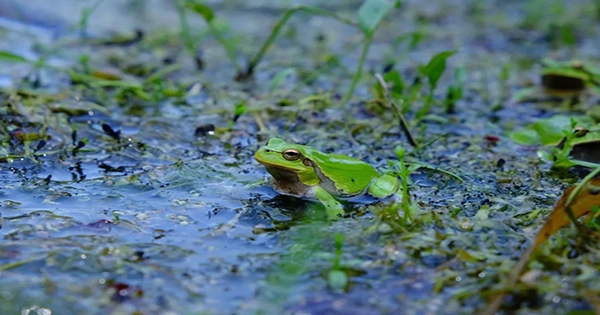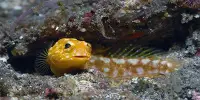The Chernobyl Nuclear Power Plant catastrophe at reactor four in 1986 caused the greatest leak of radioactive material into the environment in recorded human history. Both the ecosystem and the human population suffered greatly as a result of acute exposure to high radiation levels. Nevertheless, Chernobyl has grown to be one of Europe’s greatest nature reserves more than three decades after the tragedy. Today, a wide variety of endangered species, such as bears, wolves, and lynxes, find sanctuary there.
Radiation has the potential to alter the genetic makeup of living things and cause undesired mutations. However, trying to determine whether some species are truly adjusting to living with radiation is one of the most fascinating research issues in Chernobyl. Radiation, like other pollutants, may serve as a very strong selecting force, favoring organisms with traits that boost their chances of surviving in radioactively contaminated environments.
Radiation protection provided by melanin: We began working in Chornobyl in 2016. We discovered a number of Eastern tree frogs (Hyla orientalis) with an odd black hue that year, not far from the damaged nuclear plant. The dorsal coloring of the species is typically brilliant green, though occasionally darker individuals can be encountered.
The hue of tree frogs from Chernobyl
In 2016, we discovered the first black frogs, which prompted us to investigate the function of melanin coloration in Chernobyl animals. We carefully looked at the coloration of Eastern tree frogs in several regions of northern Ukraine between 2017 and 2019.
We examined the dorsal skin coloring of more than 200 male frogs caught in 12 separate mating ponds over the course of those three years. These locations were spread out along a considerable radioactive contamination gradient. They featured some of the most radioactive regions on earth, but they also included four sites outside the Chernobyl Exclusion Zone that served as controls for background radiation levels.
Our research shows that compared to frogs taken in control regions outside the zone, Chernobyl tree frogs had substantially darker coloring. As we discovered in 2016, some are completely black. The levels of radiation that frogs are exposed to today and that we can quantify in every individual are unrelated to their coloration. The frogs from inside or close to the most contaminated locations at the time of the accident typically have dark coloring.
Chernobyl’s evolutionary responses
The findings of our research imply that Chernobyl frogs may have undergone a quick evolutionary process in reaction to radiation. In this case, the protective effect of melanin would have favored those frogs that had darker coloration at the time of the accident, which typically represent a minority in their populations.
The radiation would have been better tolerated and the dark frogs would have produced more offspring. Since the catastrophe, there have been more than ten generations of frogs, and it may be due to a traditional—though incredibly quick—process of natural selection that these dark frogs have come to dominate the species in the Chernobyl Exclusion Zone.
A first step toward a better understanding of the protective function of melanin in situations impacted by nuclear contamination is the study of the Chernobyl black frogs. Additionally, it opens the door to prospective applications in a variety of industries, including space exploration and the management of nuclear waste.
We are hopeful that the conflict in Ukraine will soon come to an end so that we and our Ukrainian colleagues can investigate the fascinating evolutionary and rewilding processes of Chernobyl habitats.
















